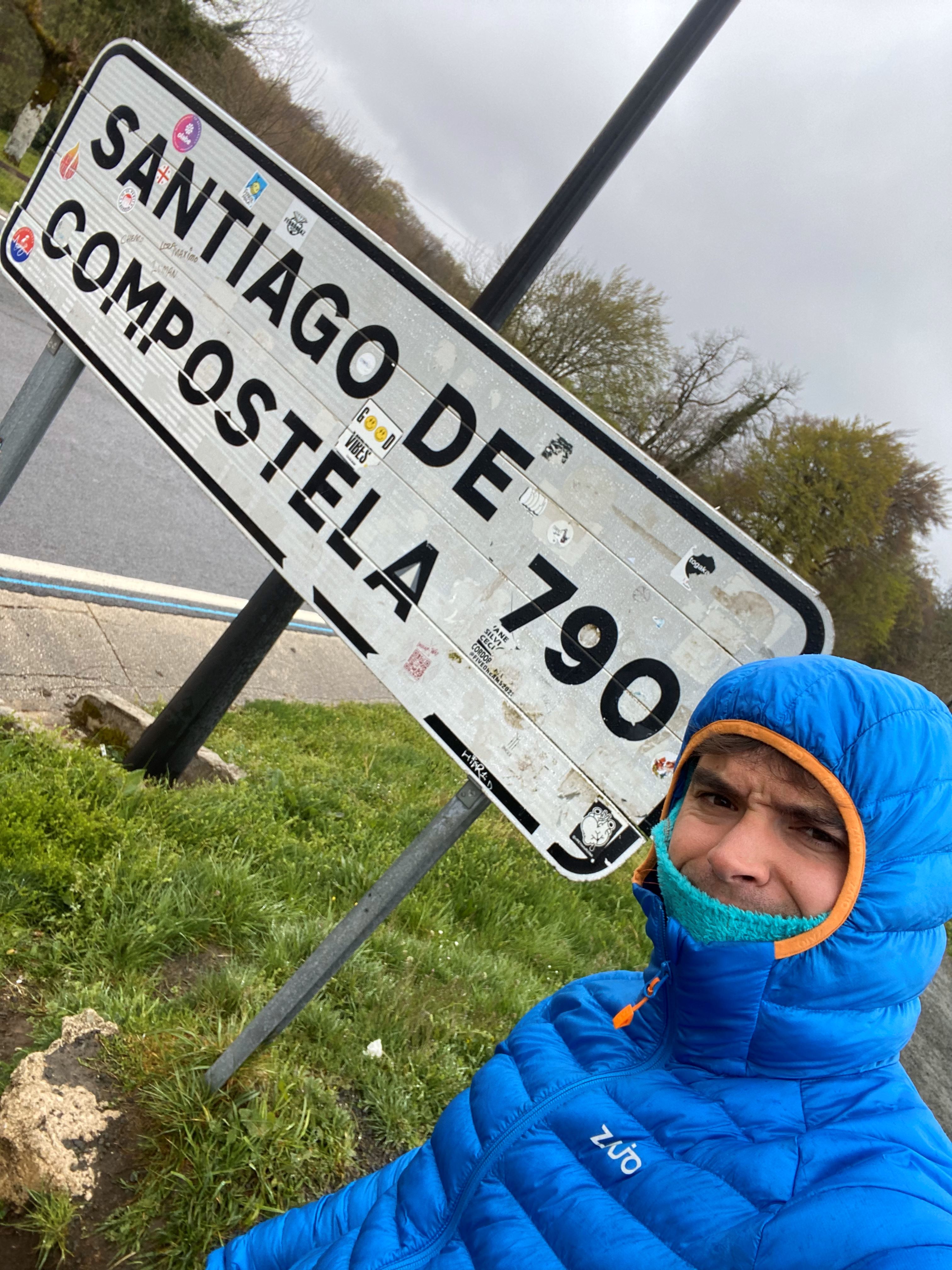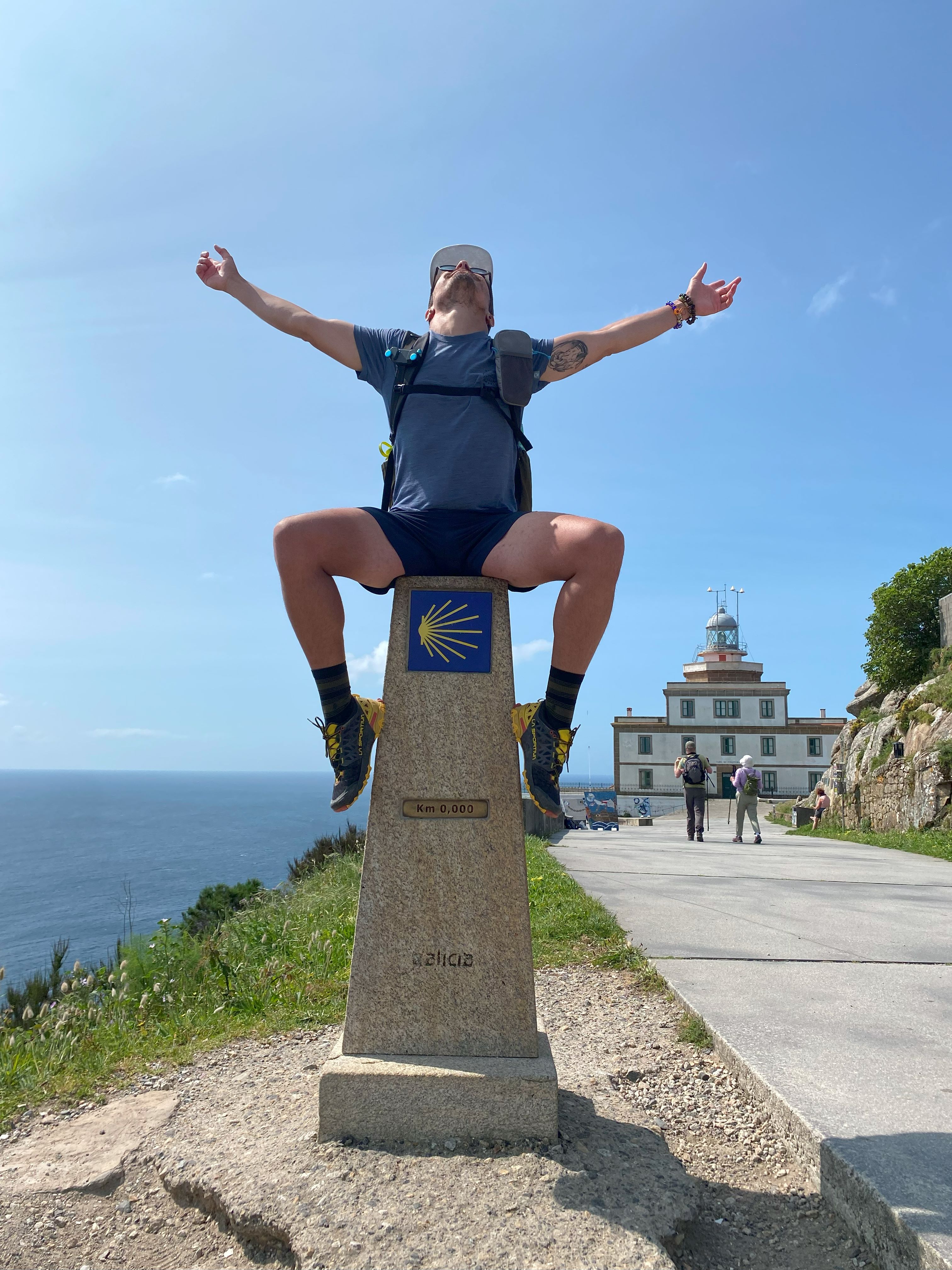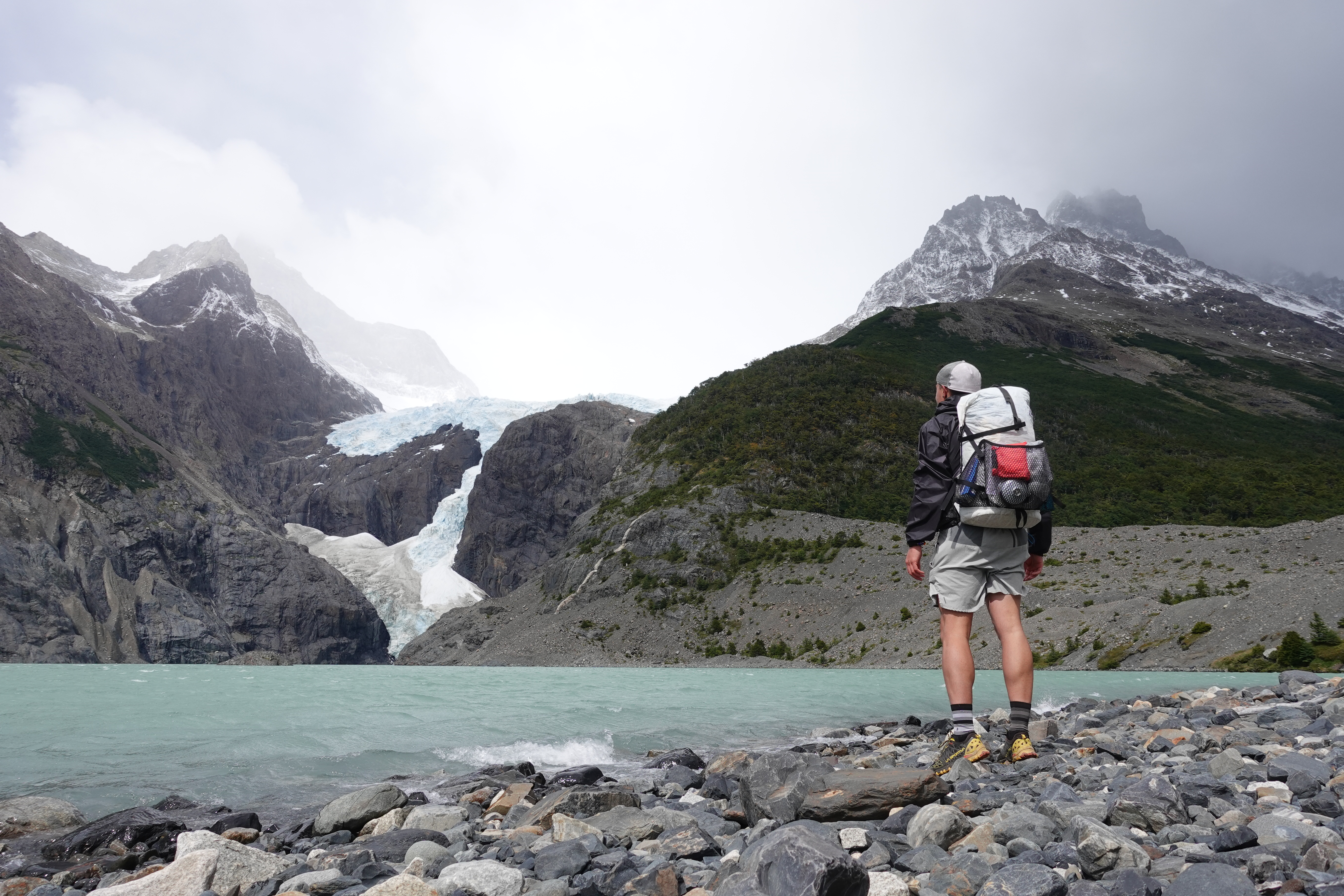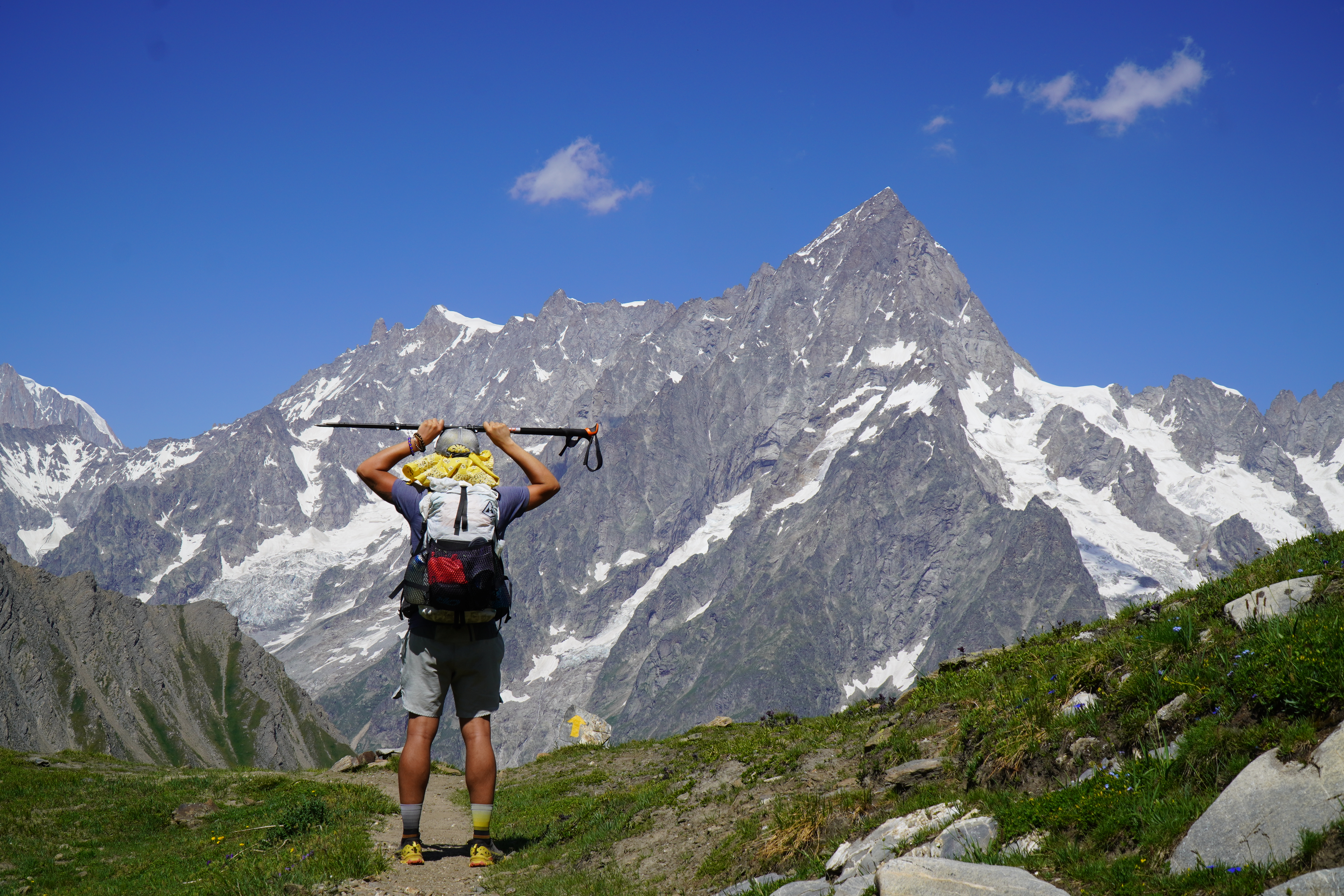Setting off on your first walk also means facing all the unknowns relating to physical preparation and equipment. We asked Stefano Marchi, an expert walker and author of a YouTube channel dedicated to his walks, what are the three products on which one cannot afford to make mistakes when choosing.
A walk is an experience that is attracting more and more people. In fact, according to a study carried out by Terre di Mezzo Editore, leader in the sector of guides for routes and walks, in 2022 there were 86,000 credentials delivered and registered in Italy, compared to around 60,000 in 2021 and 45,000 in the pre-pandemic period. Everyone starts out with their own personal inner motivations, but what is the same for everyone is the physical commitment. Walk twenty or more kilometres, eat, rest, and then start again the next day. For an average of eight days, according to the same study.
In the history of every walker, equipment plays an important role. To help those approaching this experience for the first time, we asked Stefano Marchi, a passionate walker and author of more than 180 videos on the subject published on his YouTube channel, for advice on what the three most important products are for a walk, and which you absolutely cannot afford to get wrong or not to have with you.



Whether it is a whole month along the Via Francigena or a short weekend walk through the Apennines, you won’t get anywhere if your shoes give you problems.
“The first rule I learnt at my expense: never, ever leave with new shoes,” explains Stefano Marchi, a walking and trekking enthusiast and author of a YouTube channel dedicated to his activities as a walker.
“What on a day hike is just a small annoyance, day after day can turn into a bigger problem, such as blisters and joint pain. For me, it has become essential to start with shoes that are already well broken in on short hikes”.
A shoe to tackle a hike can be found in the categories of hiking and fast hiking shoes. These are sturdy, stable shoes with a sole suitable for off-road terrain.
In particular, modern fast hiking shoes, which incorporate technological solutions derived from trail running, are cushioned, comfortable and lightweight. If you are fit and have limited pack weight, a low shoe is fine, otherwise you can rely on the ankle protection offered by midcut shoes that cover the ankle.
Are you thinking of tackling your first walk with your office backpack or the old Invicta you used in high school in the 1980s? There are people who run marathons in Crocs, so almost anything goes.
But reality is another story. “For a walk, you need a hiking and trekking backpack“, Stefano Marchi continues. “The most important thing is that it is comfortable on your shoulders and well adjusted. Whether you buy it new or borrow it, adjust it very carefully by following one of the many tutorials you can find online and try to simulate loading and adjustment on a few hikes before setting off. You cannot imagine how many people I have seen abandon a walk because of abrasions caused by the shoulder straps, or because of back pain. As a rule, if there is a strap or a buckle there is also a reason to fasten and adjust them”.
The recommended volume for a walking backpack is between 25 and 35 litres, so that you have plenty of room for the essentials but not too much space to allow for unnecessary things that add to the total weight. An external pocket for a water bottle, attachments for trekking poles and a pocket on the hip belt are very useful accessories.
The traditional pilgrim’s wooden pole is called bordone. It is tall, heavy, and used to keep dangerous animals away and hook the gourd with water. Not very useful in the third millennium.
“During a walk, trekking poles are an indispensable accessory, leaving without one is not an option,” Stefano Marchi explains further. “The benefits are different. They help you keep your balance with your backpack, especially on more technical trails and downhill, easing the load on your joints. They reduce fatigue when climbing, because the arms can contribute to the push. But above all, they help to keep the arms active by involving them in walking, and to open the ribcage by improving breathing”.
There are four important characteristics for trekking poles. Lightness, so as not to fatigue the arms and not to increase the weight of the backpack when not in use. Sturdiness, which is why aluminium is the ideal material compared to the lighter but fragile and more expensive carbon. Foldable, so they can be attached to the backpack when not in use.
But above all with a comfortable hiking or trekking grip, because that is where your hands will be for many hours a day.


